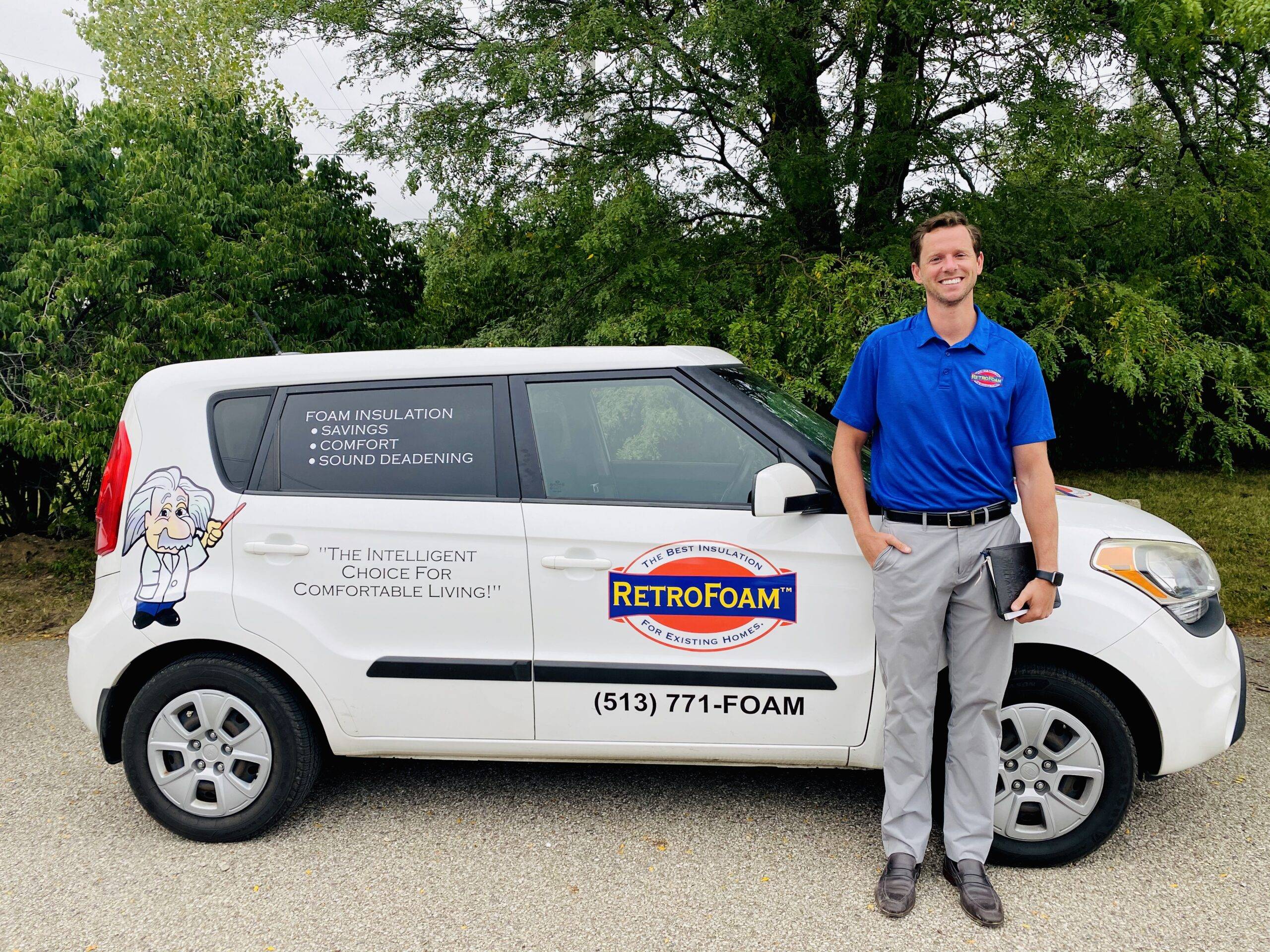Home insulation is key to comfort and energy efficiency. While certain insulation methods have been popular for years, you may not have considered wall injection foam insulation for your home. From its installation process to superior thermal resistance, here’s what you need to know about this insulation.
What is Wall Insulation Injection Foam?
Wall injection foam insulation involves inserting a hose into holes drilled into the wall cavity. Liquid foam is pumped in, filling every nook and cranny before hardening. The foam molds itself around wiring, pipes, and other obstructions for a seamless air seal.
Compared to fiberglass, the foam structure has a higher R-value per inch. It blocks air leaks seamlessly while also retarding moisture intrusion. The result is a more comfortable, energy-efficient home.
How Does Injection Foam Insulation Work?
Installing injection foam insulation is a straightforward installation process. This insulation can be installed from the outside or inside of the home without needing a complete remodel, which is a huge advantage of this insulation type. It can also be installed into existing walls without needing to remove old fiberglass.
Note that the actual installation process varies depending on the home’s exterior. For example, a home with vinyl or aluminum siding would have a row of siding removed around the house. Then, a hole would be drilled through the sheathing into each stud cavity. Once the foam is injected, a plug is placed into the holes, and the siding is replaced.
Small holes are drilled at the top, middle, and bottom of each stud cavity for brick exteriors. Then, once the cavities are filled, the holes are re-mortared and smoothed out. Stucco exteriors are handled the same way. As mentioned, RetroFoam insulation installation varies depending on the material of your home, and a professional installer can provide specific details on the process.
Key Benefits of Injection Foam Insulation
- Energy Efficiency: Injection foam insulation in your walls creates a well-sealed barrier around your home. This helps with thermal resistance and can keep your home from getting too cold in the winter and too hot in the summer, thereby driving down energy bills.
- Superior Air Sealing: Injection foam is excellent at sealing up cracks and crevices in your home. This adds up to significant savings over time as it helps temperatures stay consistent.
- Pest Deterrence: Injection foam’s air-sealing abilities help keep insects, rodents, and other pests from entering through cracks in the exterior walls.
- Moisture Resistance: Injection foam resists moisture, especially compared to paper-faced fiberglass batts. This means better insulation performance in the long term.
Injection foam works well in all wall constructions – wood frames, masonry, metal studs, and more. Both interior and exterior application is possible.
Hire a Professional for Best Results
Hiring a qualified professional for injection foam insulation is vital for many reasons. Professional installers have the right equipment to safely inject RetroFoam without damaging the space. In addition, they can ensure the area is properly insulated for any building codes or requirements. Professional installers, like the team at Cincinnati RetroFoam, can also give expert recommendations about insulation if you’re unsure which type is right for you.
Insulate Your Home with Cincinnati RetroFoam
Since 2015, Cincinnati RetroFoam has provided superior insulation services that aren’t offered elsewhere. If you’re looking to insulate with injection foam or you want to explore other insulation types, we are your trusted guide. In addition to injection foam, we offer blown-in and spray foam insulation. We work on existing homes, new construction, pole barns, and commercial properties. Let us help you insulate your space to provide years of lasting comfort. Contact us today for your free quote.
Frequently Asked Questions
Does injection foam insulation require tearing down drywall?
A major advantage of injection foam is it can be installed without removing interior drywall. Holes are drilled from the exterior or interior to access wall cavities. After injection, holes are plugged neatly to maintain the finished appearance.
How long does injection foam insulation last?
When properly installed, injection foam insulation is designed to provide thermal performance for the life of the building, at least 50 years. Its structure resists moisture and does not settle over time.
Can you install injection foam insulation yourself?
It is not recommended for homeowners to install injection foam insulation DIY. This requires specialized equipment and expertise to achieve proper injection depth and foam density. Hiring a professional certified installer ensures optimal performance and safety.

